Keeping Birds Happy in the Cold Months for City Folk
valentinetbear
16 years ago
Related Stories
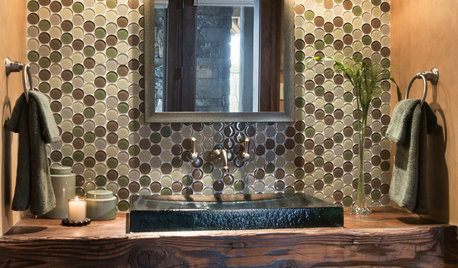
BATHROOM DESIGNPowder Room Essentials to Keep Guests Happy
Set out these bathroom necessities (hello, hand towels) to make your company comfortable and your parties run smoothly
Full Story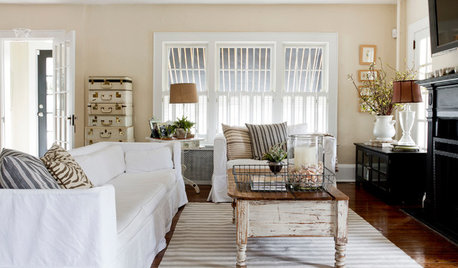
FEEL-GOOD HOMESimple Pleasures: 10 Ideas for a Buy-Less Month
Save money without feeling pinched by taking advantage of free resources and your own ingenuity
Full Story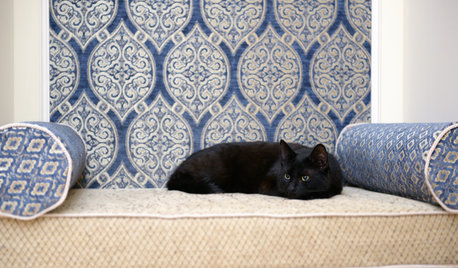
PETS10 Tips for Keeping Indoor Cats Healthy and Happy
It's National Cat Day: Ask not what your cat can do for you (because it will ignore you) but what you can do for your cat
Full Story
LIFEHouzz Call: How Are You Handling the Record-Breaking Cold?
Share your tales, strategies and photos for everything polar vortex
Full Story
ARCHITECTURE15 Smart Design Choices for Cold Climates
Keep your home safe and comfortable in winter by choosing the right home features and systems
Full Story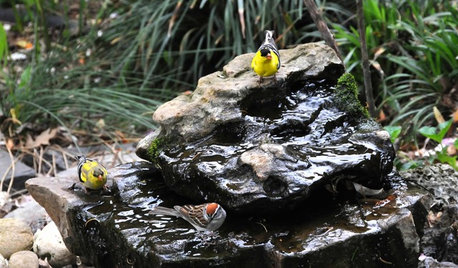
OUTDOOR PROJECTSBring In the Birds With a Homemade Bubble Rock
An avian expert from Southern Indiana shows how to make a burbling fountain that migrating birds will love
Full Story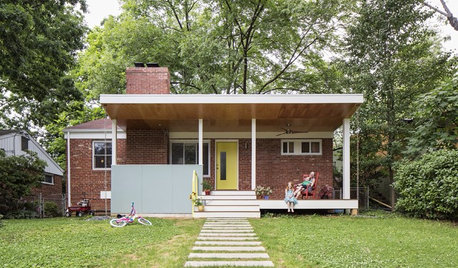
FEEL-GOOD HOMEWhat Really Makes Us Happy at Home? Find Out From a New Houzz Survey
Great design has a powerful impact on our happiness in our homes. So do good cooking smells, family conversations and, yes, big-screen TVs
Full Story
GARDENING FOR BIRDSWild Birds Transform a Woman’s Garden and Life
How Sharon Sorenson created a wildlife haven and became the Bird Lady of Southern Indiana
Full Story
GARDENING GUIDESBackyard Birds: Northern Cardinals in the Snow, and Other Red Birds
Brilliant crimson feathers make these friends stand out in a crowd
Full Story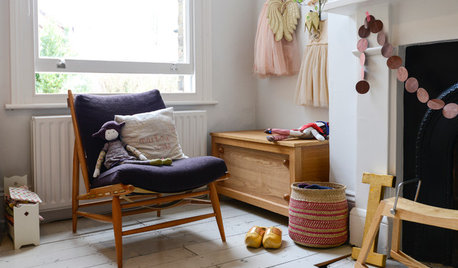
FEEL-GOOD HOMESimple Pleasures: Get Cozy on a Cold Day
Some things are best when the weather is bad. Heat up some cocoa and join the discussion
Full Story





maifleur01
loris
Related Professionals
Biloxi Landscape Contractors · Harrisburg Landscape Contractors · Hilton Head Island Landscape Contractors · Holland Landscape Contractors · Natick Landscape Contractors · Rockland Landscape Contractors · Saint Paul Landscape Contractors · Santa Maria Landscape Contractors · Waipahu Landscape Contractors · West Chester Landscape Contractors · Fairfax Driveway Installation & Maintenance · Clinton Swimming Pool Builders · Manassas Swimming Pool Builders · Rocklin Swimming Pool Builders · Tucson Swimming Pool Buildersloris
maifleur01
bonnieblueyes
bonnieblueyes
lisa11310
valentinetbearOriginal Author